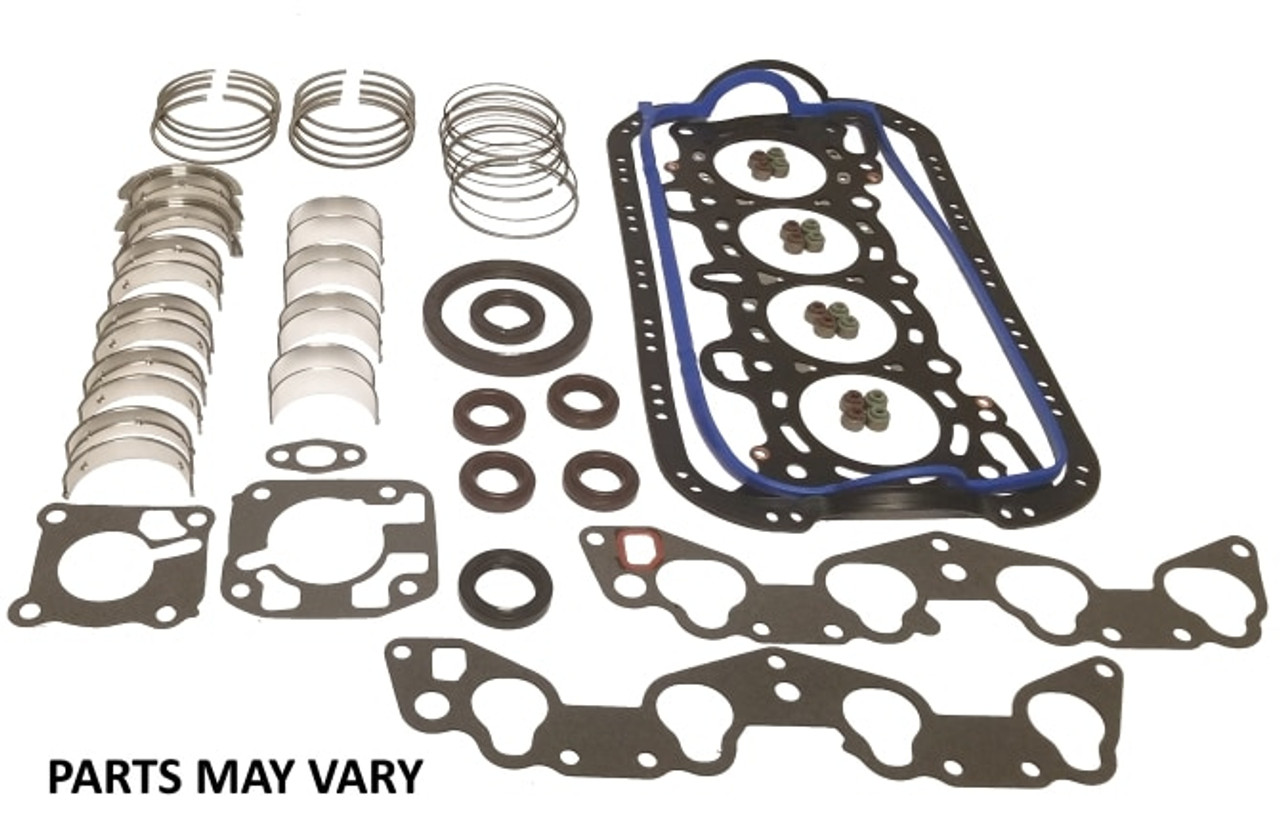 />
Vowel Teams Oi Oy Freebie An Interactive Working With Words Extravaganza Word Work Teaching Phonics Phonics ...
/>
Vowel Teams Oi Oy Freebie An Interactive Working With Words Extravaganza Word Work Teaching Phonics Phonics ...
Home > Archives for Maret 2022
1968 harley davidson wiring diagram
 />
Overview Specifications 2005 FORD F-150 SPECIFICATIONS PowertrainChassis POWERTRAIN 42L V-6 46L TRITON V-8 54L TRITON V-8 Engine Type V-6 ir...
/>
Overview Specifications 2005 FORD F-150 SPECIFICATIONS PowertrainChassis POWERTRAIN 42L V-6 46L TRITON V-8 54L TRITON V-8 Engine Type V-6 ir...
solubility worksheet answers
 />
Ninth Grade Lesson Periodic Table Trends Graphing Worksheets Science Graph Graphing
/>
Ninth Grade Lesson Periodic Table Trends Graphing Worksheets Science Graph Graphing
1995 gm 30l engine diagram
 />
1993 Mazda 929 3 0l Engine Rebuild Kit Rering Rrk476 E2
/>
1993 Mazda 929 3 0l Engine Rebuild Kit Rering Rrk476 E2
Blood Organ System : Organ System Class 5 Worksheet :
/>
· the brain is located . The cardiovascular system biology of the heart the heart and blood vessels constitute the cardiovascu...
2000 impala wiring diagram stereo
 />
12 2001 Chevy Truck Radio Wiring Diagram Truck Diagram Wiringg Net Chevy Tahoe Radio Diagram
/>
12 2001 Chevy Truck Radio Wiring Diagram Truck Diagram Wiringg Net Chevy Tahoe Radio Diagram
fax adapter quick ref guide
 />
Wlr089u0 Lora Module Quick Reference Guide Arduino Modules Microcontrollers Electronics Projects
/>
Wlr089u0 Lora Module Quick Reference Guide Arduino Modules Microcontrollers Electronics Projects